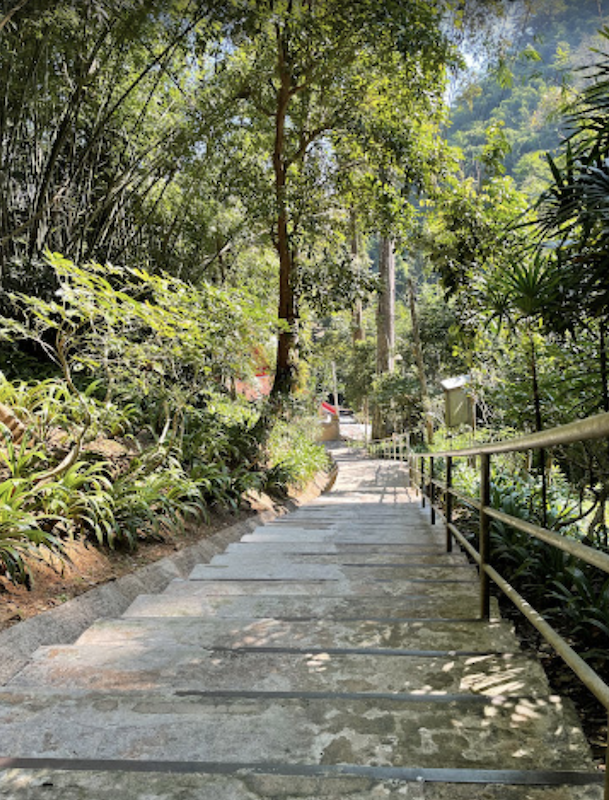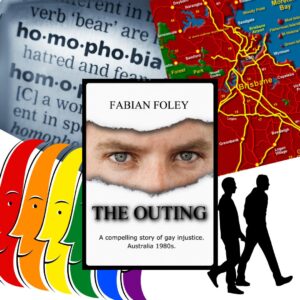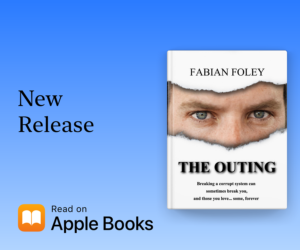Thich Nhat Hanh, Buddhist Monk
Thich Nhat Hanh was born in Vietnam in 1926. His name then was Nguyễn Xuân Bảo. He became a novice monk at Tu Hieu Temple when he was 16 and by the early 1950s, he was actively engaged in the movement to renew Vietnamese Buddhism.
In the sixties, he travelled taught and researched Buddhism in the United States, including Princeton and Columbia Universities. He also founded a grassroots relief organization of 10,000 volunteers, based on the Buddhist principles of non-violence and compassionate action. It was called the School of Youth and Social Service.
Meditation is not to escape from society, but to come back to ourselves and see what is going on. Once there is seeing, there must be acting. With mindfulness, we know what to do and what not to do to help.
Thich Nhat Hanh
As a scholar, teacher, and engaged activist Thich also founded the Van Hanh Buddhist University in Saigon and the La Boi Publishing House, an influential peace activist magazine.
Exiled from Vietnam
Resuming his travels in U.S. and Europe, he wanted to promote the case for peace and to call for an end to hostilities in Vietnam, and in 1966 he met Dr Martin Luther King Jr who nominated him for the Nobel Peace Prize in 1967. As a result of this mission, both North and South Vietnam denied him the right to return to Vietnam and he was exiled for 39 years.
Founding Plum Village in France
During his exile, he continued to teach, lecture and write on the art of mindfulness and ‘living peace’. Around the early 70s, he was a lecturer and researcher in Buddhism at the University of Sorbonne, Paris. In 1975 he established the Sweet Potato, a community near Paris. In 1982 they moved to a much larger site in the southwest of France, soon to be known as “Plum Village.”
Letting go gives us freedom, and freedom is the only condition for happiness. If, in our heart, we still cling to anything—anger, anxiety, or possessions—we cannot be free,
Thich Nhat Hanh
A liitle about the Budda
Did you know that Gautama Buddha, popularly known as the Buddha, was an ascetic, a religious leader and teacher who lived in ancient India (c. 6th to 5th century BCE)
He is regarded as the founder of Buddhism and revered by Buddhists as an enlightened being, who rediscovered an ancient path to freedom from ignorance, craving and the cycle of rebirth and suffering. He taught for around 45 years and built a large following, both monastic and lay. His teaching is based on his insight into the arising of suffering or dissatisfaction and its ending—the state called Nirvana (a state of vanishing or extinguishing in rebirth and death).
My Intro to Buddhism
Well, this is moving a little outside what I would normally read, but I’ve always wanted to explore alternative spiritual beliefs. The practice of Buddhism is not all that different from a lot of the new age enlightenment practices we find in books such as “The Power of Now” (Eckhart Tolle), and “A Course in Miracles” (Foundation for Inner Peace) to name a few.
I lived in Chiang Mai, Thailand, with my wife Fabian for just under two years and visited quite a few monasteries while there. One of the first was the temple “Wat Tham Pha Plong” not far from one of our favourite local resorts, Chiang Dao Nest 1. There are a lot of reasons why we loved this temple. The first was lots and lots of steps (510), then the unforgettable views, the peaceful ambience that would undoubtedly help mindful mediation. And finally, as we were leaving one of the senior monks invited us to breakfast with them. Unbelievable visit.
As you can see from the pictures below the monks use a cave in the temple for meditative study groups and visitors. Here you are surrounded by statues of the Buddha and various revered monks and dignitaries. This temple is a renowned meditation centre and can accommodate up to two hundred people for Buddist study programmes. We thought this would be a great experience but unfortunately, it didn’t happen 😩.




Thich Nhat Hanh, Author
Thich Nhat Hanh has published over 100 titles in English, ranging from classic manuals on meditation, mindfulness and Engaged Buddhism, to poems, children’s stories, and commentaries on ancient Buddhist texts. They capture the Zen Master’s lifetime of teaching, scholarship, creativity and spiritual discovery.
Old Path White Clouds is a classic of religious literature. It includes the various difficulties the Buddha encountered, from his own disciples and from the wider society. This says, that if the Buddha appears in this book as a man close to us, it is partly due to recounting such difficulties.
Synopsis
Old Path White Clouds uses the teachings of Gautama Buddha and is drawn directly from 24 Pali, Sanskrit, and Chinese sources, and retold by Thich Nhat Hanh. It traces the Buddha’s life over the course of 80 years, partly through the eyes of Svasti, the buffalo boy, and partly through the eyes of the Buddha himself.
We have to walk in a way that we only print peace and serenity on the Earth. Walk as if you are kissing the Earth with your feet.
Thich Nhat Hanh
My Impressions
What really struck me was how calming my experience was while I read and practised some of the meditative processes. It was the specific areas in the book where he wrote about the Buddha’s experiences in developing the meditative processes he practised to find what he described as “the way”. I don’t want to say too much about this, as discovering these processes for yourself would be more fun, personally meaningful and such a tranquil and relaxing experience. The one that I really enjoyed and I do recommend experiencing, is “the four noble truths”
Buddhism’s famed four truths are called noble because they liberate us from suffering. They are the Buddha’s basic teaching, encapsulating the entire Buddhist path.
1. Suffering
Life always involves suffering, in obvious and subtle forms. Even when things seem good, we always feel an undercurrent of anxiety and uncertainty inside.
2. The Cause of Suffering
The cause of suffering is craving and fundamental ignorance. We suffer because of our mistaken belief that we are a separate, independent, solid “I”. The painful and futile struggle to maintain this delusion of ego is known as samsara or cyclic existence.
3. The End of Suffering
The good news is that this is temporary. They are like passing clouds that obscure the sun of our enlightened nature, which is always present. Therefore, suffering can end because our obscurations can be purified and an awakened mind is always available to us.
4. The Path
By living ethically, practising meditation, and developing wisdom, we can take exactly the same journey to enlightenment and freedom from suffering that the Buddha does. We too can wake up.
Path of Compassion
“Old Path White Clouds” is 600 pages, but there is a very good condensed version and only 200 pages.
Path of Compassion is a collection of key stories from Thich Nhat Hanh’s classic Old Path White Clouds. It tells the fascinating life story of Prince Siddhartha, who left his family and renounced his carefully guarded life, and after many years of spiritual seeking became the Buddha, the Enlightened One. It’s more than the description of an unusual life story. I found it enjoyable, compelling, and an informative introduction to Buddhism in a compact and accessible format.
The present moment is filled with joy and happiness. If you are attentive, you will see it.
Thich Nhat Hanh
Thich Nhat Hanh’s ability to show the Buddha as a person who deals with the same life issues as we do is unique and unsurpassed. Written in language accessible to readers of all ages and levels of experience Thich Nhat Hanh combines the description of the major life stages of the Buddha with his most important teachings. Reaching far beyond the biography genre Path of Compassion is a highly readable and informative introduction to Buddhism.








